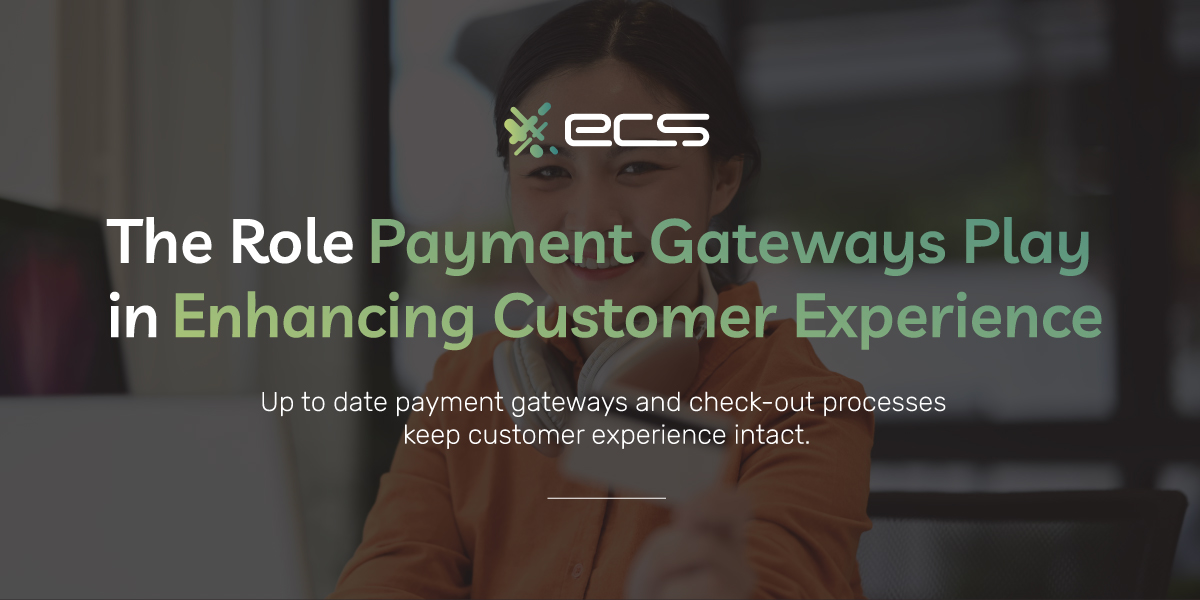Businesses have always had to respond to changing customer demands and behavior. But today, customer behavior is changing faster than ever. As new technology emerges around payment processing and digital payments, customers demand that the businesses they shop at keep up with their payment gateways and payment options.
Not long ago, offering the latest payment technology was reserved for specific business sectors and industries. But today, customers want every brand they interact with to have the latest payment options and payment experiences that allow them to make the purchases they want with the least amount of friction possible.
Businesses tuned into this customer demand are experiencing growth and repeat business, lowering their overall cost to acquire and helping them take market share from less agile businesses.
To help your business take the lead, we’ll go over the top ways you can create a seamless, modern payment process to improve customer satisfaction and set your business up for success in a rapidly changing marketplace.
What Is The Customer Buying Experience?
You’re likely already familiar with the concept of customer experience and its importance to your business’s success. However, customer experience is an umbrella term covering many different customer journey segments.
The customer journey begins when a customer contacts your brand through a touchpoint. For an e-commerce business, this can happen when a customer clicks on an advertisement. For a physical retail store, a customer might view a social media post from your local business in their feed.
From there, they make additional contacts with your business until, ultimately, they decide to make a purchase.
For e-commerce, this is a critical phase of the customer journey and it’s when you’re most likely to lose a customer through shopping cart abandonment. The customer buying experience requires a seamless checkout process that is as frictionless as possible to prevent the customer from bailing or losing trust at the final moment.
In a retail setting, you may not lose customers during checkout if issues interfere with their experience. However, it will significantly impact repeat business, average ticket amount, and customer lifetime value.
A customer who has had a poor buying experience during a retail transaction is often hesitant to return to that business, especially for a larger purchase.
For these reasons, the final buying or checkout process is critical to the overall customer journey and customer experience. A poor checkout process can undo your hard work in acquiring new customers or retaining current ones.
Below, we’ll look at common issues that can harm checkout conversion rates and how to fix them.
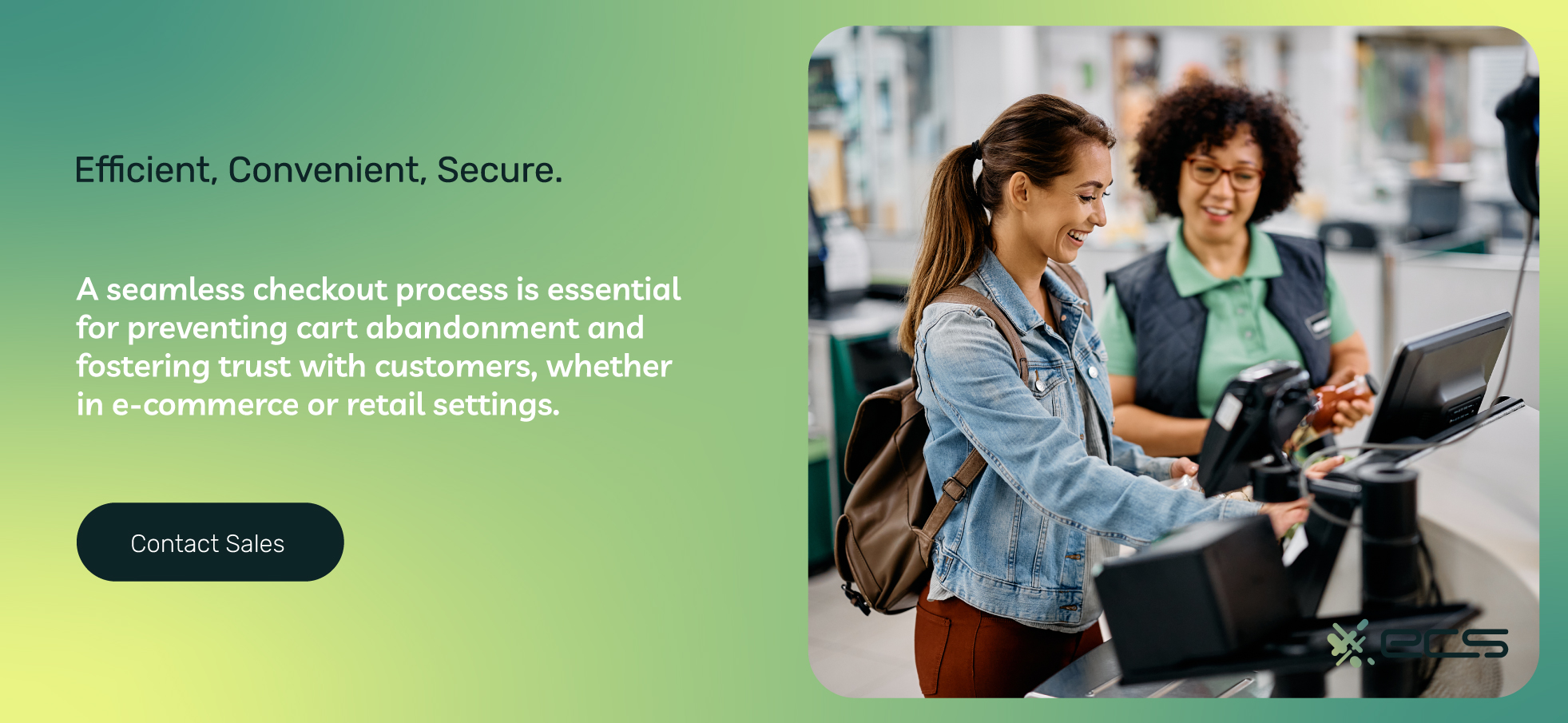
Common Problems of Payment Gateways That Harm Customer Experience
To help you spot possible problems with your current payment process, we’ll outline the most common issues that customers may experience. These problems are the most likely to cause a customer to abandon a checkout page or not return to a physical business.
After going through these issues, compare them to your current checkout process and determine if any of these problems exist. There can be different degrees with each of these issues, but even a minor issue can cause a customer to be lost, which is a shame since fixing a checkout is usually relatively easy and inexpensive.
The Customer’s Preferred Payment Option Is Not Available
This is often the most common reason for a customer not completing a purchase or not returning to your business. In the past, most businesses only needed to worry about credit and debit cards, along with cash.
But today, there are many other types of payments customers prefer for e-commerce payment solutions. For example, digital wallets such as Apple Pay are surging in popularity. Many younger customers now do not carry cash or physical cards when they shop.
If a store doesn’t accept the most popular digital wallets, it misses out on a large demographic of customers who rely on their mobile devices for payments.
Beyond digital wallets, you will also want to offer ACH payments in certain settings. Some customers may prefer to make certain purchases or down payments via check. Paper checks can be inconvenient, but if you accept ACH payments, you can convert them to ACH payments.
This keeps the customer happy and reduces your overall processing fees.
These are just two examples, but you should always ensure you offer the payment methods your customers demand.
One way to stay on top of the latest payment trends is to have a good relationship with your merchant services provider. Your payment processor should be available to answer your questions regarding new technology and payment infrastructure that can improve your business.
At ECS Payments, we work closely with all of our merchants so they can accept the latest payment methods that match their brand and their customers.
Payment Method Declined
Sometimes, a customer’s payment is declined for legitimate reasons. While this is unfortunate, you should offer the customer alternative methods.
However, declined payments can be a problem if you decline too many or your fraud detection systems are not appropriate for your risk profile.
This is generally more common for e-commerce businesses, but incorrect fraud settings or filters can harm customers’ overall checkout experience.
Your e-commerce checkout workflow should immediately offer alternative payment options if it declines a payment.
You want to avoid showing a checkout message stating the payment is declined and then leaving the customer wondering what to do next.
You should instead use specific cascading options that offer alternatives as one payment method fails.
Payment declines are also commonly the result of incomplete or incorrect customer data entered by your customer. Your checkout software and workflow should detect these common mistakes and inform the customer of the error so they can enter the correct information.
Some of these tips may seem obvious, but many e-commerce business owners may not even know what their checkout process looks like from the customer’s perspective. It’s essential to examine your checkout process, including declines, to see what your customers are experiencing.
If anything appears confusing or doesn’t leave the customer with other options, it’s an area to focus on for improvement.
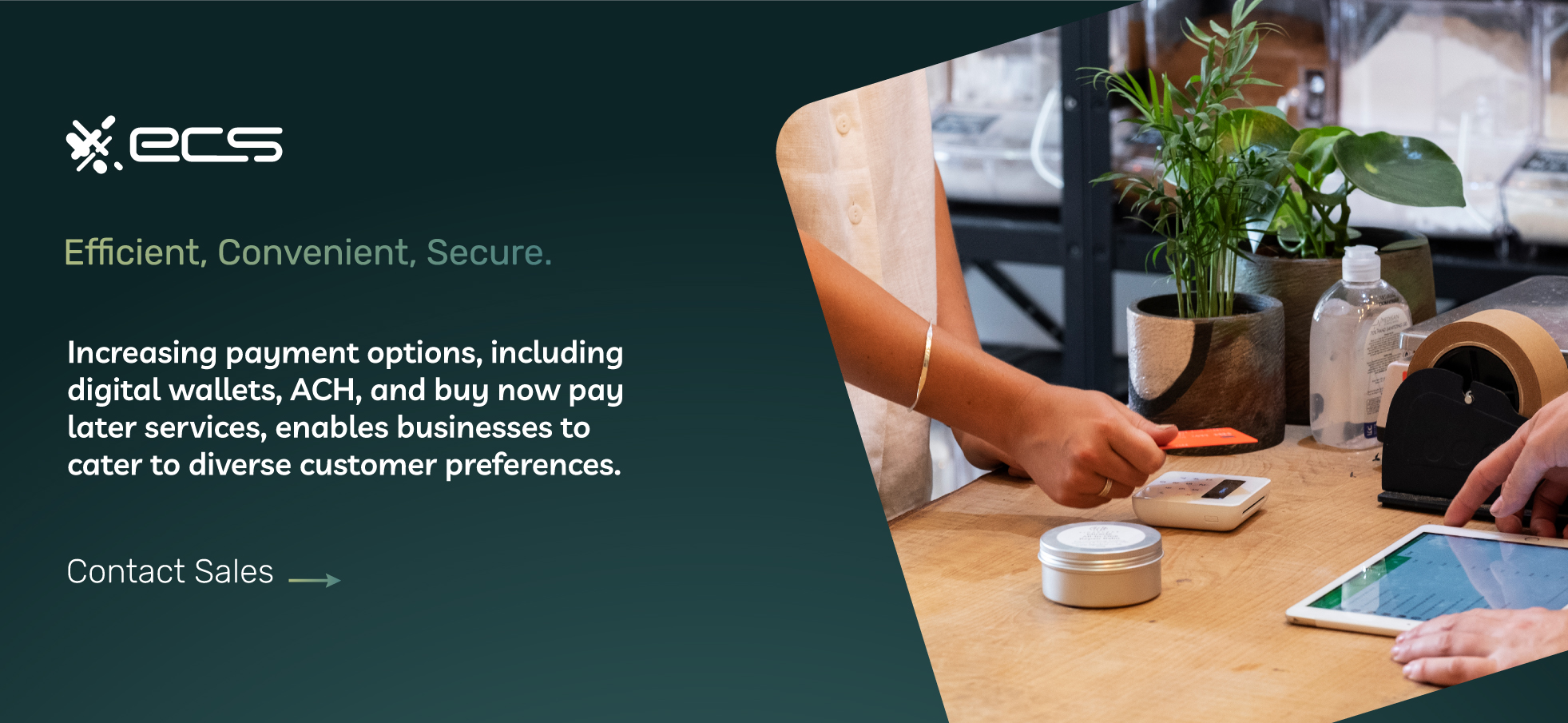
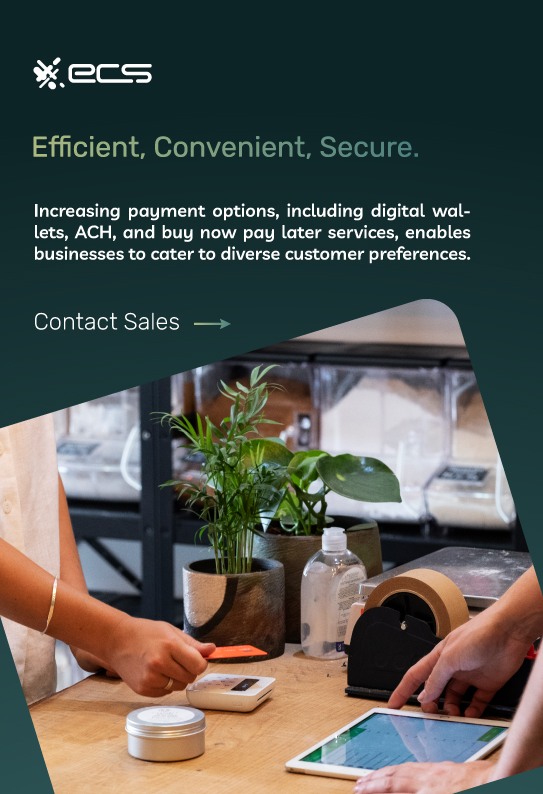
Lack of Security or Trust
Digital payments have become so common that customers often don’t give them a second thought. However, certain signals can cause customers to question whether you provide secure transactions.
When a customer’s payment information or bank accounts are compromised, it can create weeks of hassle as they try to reverse the charges and deal with their bank. Nobody wants that. So, if a customer sees something that signals a lack of payment security, they will avoid your business.
Below are some issues that can create a lack of security or trust in your customers’ eyes. Your payment analytics and insights will also offer clues as to where your customers are abandoning their carts.
1: Old or outdated payment hardware
In a retail setting, customers expect a business to keep its payment terminals updated. These updated terminals provide improved customer service and payment options and are also more secure.
Old, worn out, or simply outdated payment terminals and POS systems can signal to customers that the business may not take security seriously. This can prevent them from making a large purchase or returning.
Keeping your equipment up to date improves the overall customer experience and also communicates trust in your payment processing workflow.
2: Walking away with the customer’s payment card
Most customers don’t like when an employee takes a card to a different area of the store or business to complete a transaction. This usually happens in a bar or restaurant setting, but other service-oriented businesses may also do this.
Today, there are countless wireless payment terminal options and mobile processing options, so employees never have to remove a customer’s card from their view.
These mobile payment optimization methods will help ensure your customers trust your processing.
3: Checkout Page Issues or Redirects
Trust is critical for an e-commerce store, but it can be difficult to convey that trust through a website. To help, you should focus on your overall checkout process to ensure it communicates trust and payment security as much as possible.
Part of this is to avoid payment gateway redirects if possible. Hosted payment pages that redirect customers to a third-party site are sometimes helpful, but they can erode trust in some circumstances and cause cart abandonment.
If you use a hosted payment page, try to brand it as closely as possible with the rest of your website so the transition between the two sites is as seamless as possible. Also, be upfront about the redirection so customers know what to expect.
Another tip is to use social proof on your product and checkout pages. Showing positive reviews or comments from social media accounts helps build trust, and including social proof also improves conversions.
Finally, you should always implement e-commerce best practices such as SSL encryption and PCI compliance.
Periodically investigate your checkout process from the customer’s perspective to ensure that you use techniques to convey payment security.
Solving Payment Gateway Problems & Improving Customer Service
We’ve reviewed some problems you should look for that can cause a poor customer experience. Now, we want to cover some ways you can improve your payment processing to boost sales and improve overall customer service across your business operations.
Focus On Checkout Speed
If there’s one thing customers dread, it’s a slow checkout process. This is true in a retail setting and especially true in an e-commerce setting.
Always try to focus on speeding up your payment workflow for customers. In a retail setting, ensure you offer the latest contactless payment methods like Apple Pay and other digital wallets. When appropriate, use mobile processing or wireless payment terminals to bring the checkout process to the customer instead of having them navigate through the store.
With e-commerce, one-click ordering can speed up the checkout process and boost impulse purchases. Your payment gateways’ customer information storage options can help implement one-click ordering safely and securely.
Your payment gateway reliability can also impact payment processing speed.
If your current e-commerce payment processor doesn’t allow you to integrate one-click ordering or has slow processing speeds, contact ECS Payments. We provide the latest payment gateway integrations so e-commerce sites of any size can offer fast one-click checkouts and secure customer billing storage.
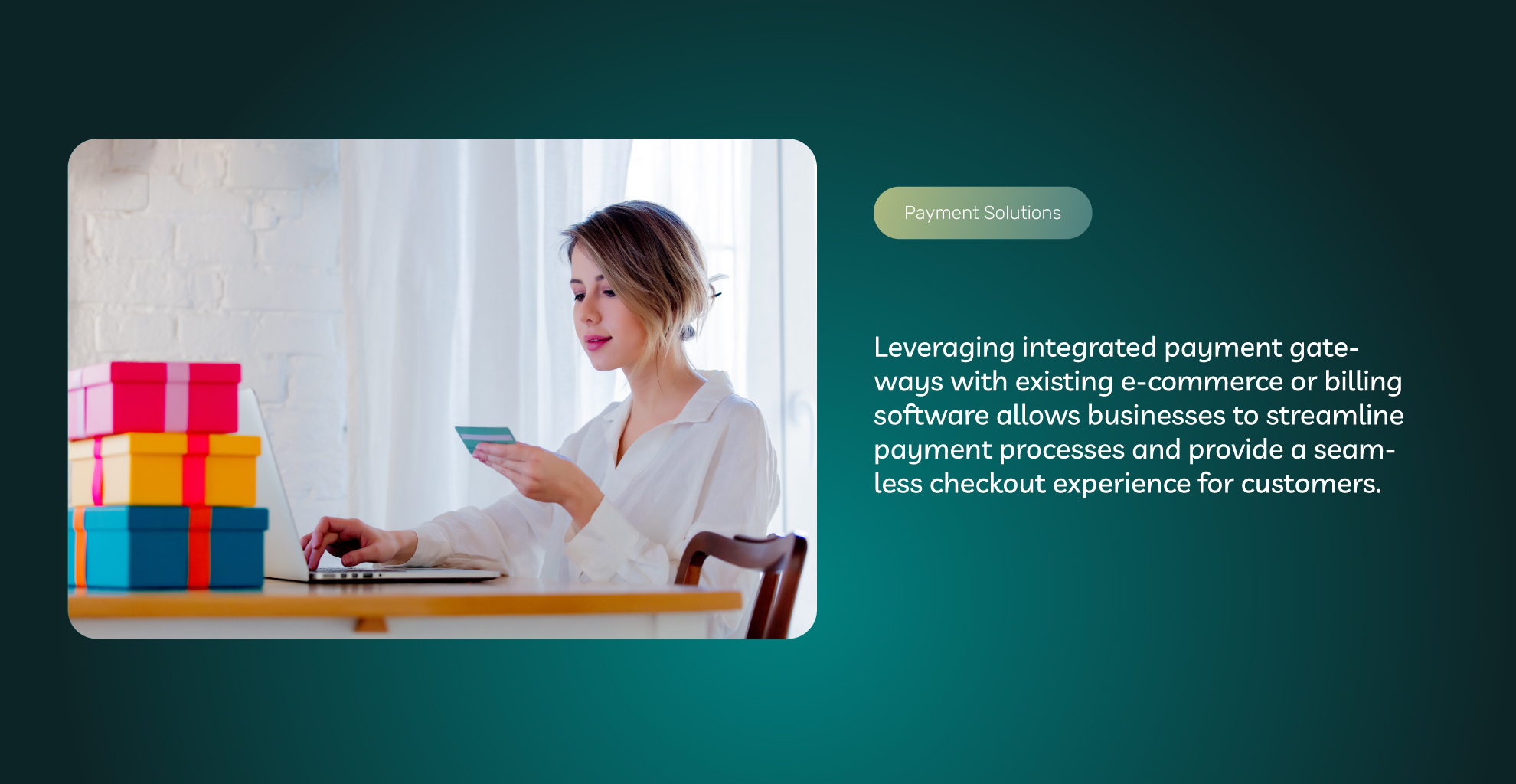
Offer Real-Time Payment Processing Information
For your eCommerce platform, you can significantly improve the customer experience by offering access to real-time payment information regarding existing orders or subscription payment services. This also includes tracking information and past billing histories that customers can access on their own through a user-friendly interface after they create an account.
Many physical small businesses offer recurring billing, such as gym memberships or other services. You can also integrate customer self-service portals for these businesses, significantly enhancing customer support in payments.
Integrated payment gateways with existing e-commerce or billing software make this possible. Adding this to your transaction process requires minimal coding, and the small investment is well worth boosting customer experience.
Increase Your Payment Options
We touched on this topic earlier, and payment method diversity should always be a top priority for any business. Customers will have their own preferences for how they want to pay, so offering as many options as possible with your payment system puts you in a position to satisfy the majority of your customers.
When enabling your payment options, you should consider everything from digital wallets, ACH, and buy now pay later services (BNPL).
There are also options for multi-currency support if you accept international orders and global payments for products or services.
Improve Your Payment Gateway & Customer Experience Today
Improving your payment processing starts within your payment processor and merchant account. The right payment processor gives you the tools and the technology to leverage the latest innovations to boost your business.
At ECS Payments, we offer businesses the latest digital payment solutions and payment gateway integrations to provide the most streamlined checkout possible with the lowest gateway transaction fees.
Contact ECS Payments to learn more about our merchant account services and payment gateway integrations designed for today’s businesses.
Frequently Asked Questions About Payment Gateways and Customer Experience
If the point-of-sale is not seamless, the customer experience will decline. Certain items that can hinder the checkout are when a customer’s preferred payment option is unavailable, if their payment is declined, or if the checkout seems unsecured.
Customers may face trust issues with in-person businesses when they have old or outdated payment equipment or if an employee walks away with their credit or debit card. A customer may have trust issues with an eCommerce store if the checkout page has issues, redirects to a third party, or does not have an SSL certificate in the URL.
In a retail setting, businesses should use mobile processing or wireless payment terminals and offer the latest contactless payment methods. E-commerce businesses could implement one-click checkout.
Improvements to your payment processing can improve your customer experience and boost sales. Make sure to:
•Focus on increasing checkout speed
•Offer real-time payment processing information
•Provide a variety of payment options
•Use fraud detection and prevention tools
•Provide excellent customer service
